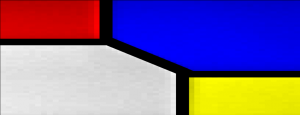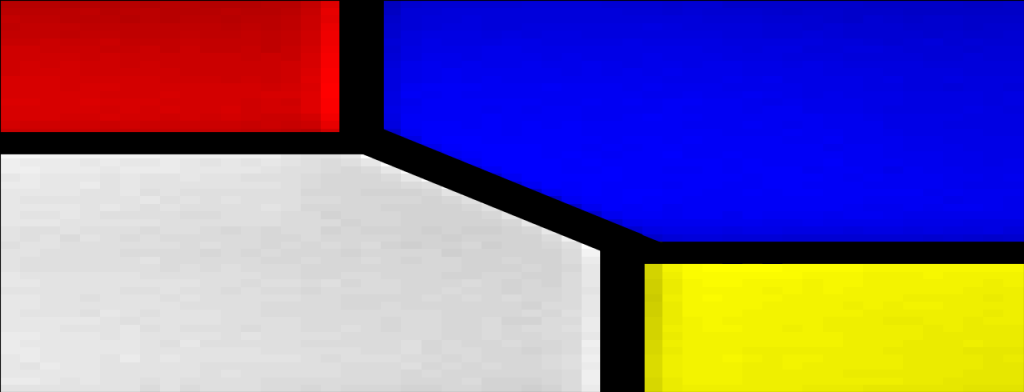
Powerful, large-scale quantum computer will depend on a clever design that allows the control and read out of multiple qubits, which are the building block of a quantum computer. Now, researchers at QuTech, a collaboration between TU Delft and TNO, have invented a new readout method that is an important step forward on the road towards such a large-scale quantum computer, according to a news release from the team.
The researchers, who have published their findings in Nature Communications, compare the method to playing with dominoes.
Like toppling dominoes
“Our new readout method is based on a phenomenon that all of us know from our childhood: toppling dominoes,” said Sjaak van Diepen, PhD researcher in Lieven Vandersypen’s group and lead author of the article. “A first transition triggers a second transition, a second transition triggers a third transition, and so on – much like dominoes toppling over in a chain reaction.”
Considering the implications of this domino-effect led the team to invent a new readout method. It will be able to overcome a major challenge involved in scaling up towards large-scale quantum computers: that of qubit connectivity, which is the ability to connect many qubits together.

Spin-qubits in quantum dot arrays
The approach of Vandersypen’s group to building a quantum computer is based on so-called spin qubits in quantum dot arrays. Quantum dots are very tiny islands that can each confine one or multiple electrons and are tunnel coupled to their neighbors. The spin of the electron acts as a qubit. Spin qubits in quantum dots are read out via a very sensitive detector that measures the charge in its environment. Van Diepen: “Charge sensors work well, but only locally: they need to be in close proximity to the charge they measure. Scaling up the current approach towards a large number of interconnected qubits will therefore limit qubit connectivity, because we would need to place sensors close to all qubits.”
Transferring quantum information over a distance
The new readout scheme invented by the scientists makes sure that even a spin qubit far away from the charge sensor will still be read out with high accuracy. Tzu-Kan Hsiao, postdoc and second author of the paper: “Our readout method is based on the fact that charges interact with one another. Therefore, a first charge transition can trigger other charge transitions – forming a cascade of transitions.”
Before such a cascade of transitions can occur, the researchers first have to make sure that the electrons become sensitive to those transitions – just as dominoes must be put upright before they can topple over. Van Diepen: “We trigger a first charge transition through a method called spin-to-charge conversion, where one particular spin state will lead to a charge transition. This sets off the cascade of transitions, allowing us to read out the spin of a charge far away from the sensor.”
Benefits for research groups and industry
The scientists hope that other research groups and industry working on the development of a quantum computer will benefit from implementing the readout method and build upon their findings. In this way, the challenges on the road towards a large-scale quantum computer can be overcome one by one – just like toppling dominoes.
NWO, the Dutch Research Council and the Swiss National Science Foundation supported the work.
If you found this article to be informative, you can explore more current quantum news here, exclusives, interviews, and podcasts.

















